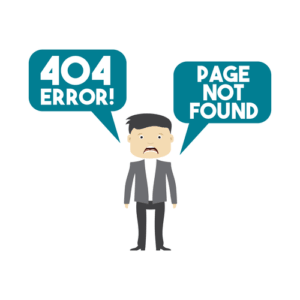Errors in depreciation calculations, such as using incorrect methods, can also lead to understated assets. Additionally, failing to properly account for contingent liabilities due to oversight or uncertainties can result in discrepancies. Any time you make changes – new accounting methods, new software – you may accidentally end up misstating revenue or expenses. When you make estimates, it can easily lead to overstated or understated revenues. If at any time your staff members start skipping basic precautions, there is also a potential for trouble.
- Going further, the discrepancies may occur when the accountants record the inventory financial events without giving the due care on inventory policies and valuations.
- Your accounts payable balances are understated if you enter understated invoice amounts on new journal entries.
- Timing mismatches, known as period discrepancies, may result from inadequate accounting systems or poor internal controls.
- Using the previous inventory example, an accountant determines the balance is $17,000; the balance should be $15,000, however, resulting in an overstated amount.
- It’s hard to overstate the impact she has made this year or her commitment to improving the lives of women nationwide.
- At higher risk of overstatement are current assets such as accounts receivable.
- If you overestimate your losses, your company income looks worse than it really is.
What Is Impacted on the Balance Sheet and Income Statement When Assets Are Overstated?
Incorrect recording of inventory purchases is one of the most common reasons for the understatement of accounts payable. When purchases are made on account from suppliers, accounts payable are created. A cautious management team or a tumultuous or uncertain market can contribute to an undercast in accounting forecasts. Management dropped predictions on purpose to ensure that the actual performance would beat the lower figures, leading to dishonest undercast estimates. Continuous undercasting indicates that a corporation uses its resources inefficiently based on inaccurate projections. Casting mistakes are frequently referred to as totalling errors in journals.
- An understatement of liabilities or overstatement of equity can mislead creditors and investors about the company’s risk profile, affecting its ability to secure financing or negotiate favorable terms.
- Preventing future understatements requires robust internal controls and enhanced financial oversight.
- Gains on these investments inflate assets and also lead to higher net income which carries over to the retained earnings portion of shareholders’ equity.
- Ratio analysis, such as identifying anomalies in inventory turnover ratios, can also highlight potential discrepancies.
- This is the American English definition of something cannot be overstated.View British English definition of something cannot be overstated.
- A cautious management team or a tumultuous or uncertain market can contribute to an undercast in accounting forecasts.
How do I find the Understated vs Overstated accounting errors?
The quantitative value doesn’t pose to be significant at the individual transaction level. Understatement list of accounting journals refers to a recording of a lower value than the actual transaction amount. When a company’s results fall short of expectations, that particular account has been undercast. Budgetary slack is analogous to an undercast condition, and if undercasting happens frequently, it should be considered.
Incorrect transaction dates
This demonstrates that the stated balance, which may be $13,000, should be $15,000. Due to double-entry accounting’s requirement that two accounts be established for each entry an accountant enters into the general ledger, this mistake will affect two accounts. By examining financial ratios like the quick ratio, return on equity, or asset turnover, accountants can identify anomalies.
Understanding Undercast
Discrepancies also can occur when you record all inventory transactions but do not perform correct inventory valuations. If you are considering the acquisition of another company, you must be alert to overstated earnings. Look for revenues that are overstated because of one-time events that are included in normal income, such what is the margin of safety formula as the sale of a real estate parcel.
Understated income can lead to underpayment of taxes, exposing the company to penalties and interest charges. For instance, under the Internal Revenue Code, substantial understatements of income tax can result in penalties of up to 20% of the underpaid amount. Restating financial statements to correct such errors can damage stakeholder trust and trigger stock price volatility. Understatements distort a business’s financial reality, skewing decision-making processes based on flawed data. Executives may make misguided strategic or operational adjustments, while investors may rely on misleading figures for valuation models.
In conclusion, understated errors in accounting can have severe consequences for a company. It is essential for companies to maintain accurate records, implement internal controls, seek professional cash flow problems advice, and supervise accounting personnel to avoid such errors. By being aware of the risks and taking proactive steps, companies can ensure the integrity of their financial statements and maintain the trust of their stakeholders.





